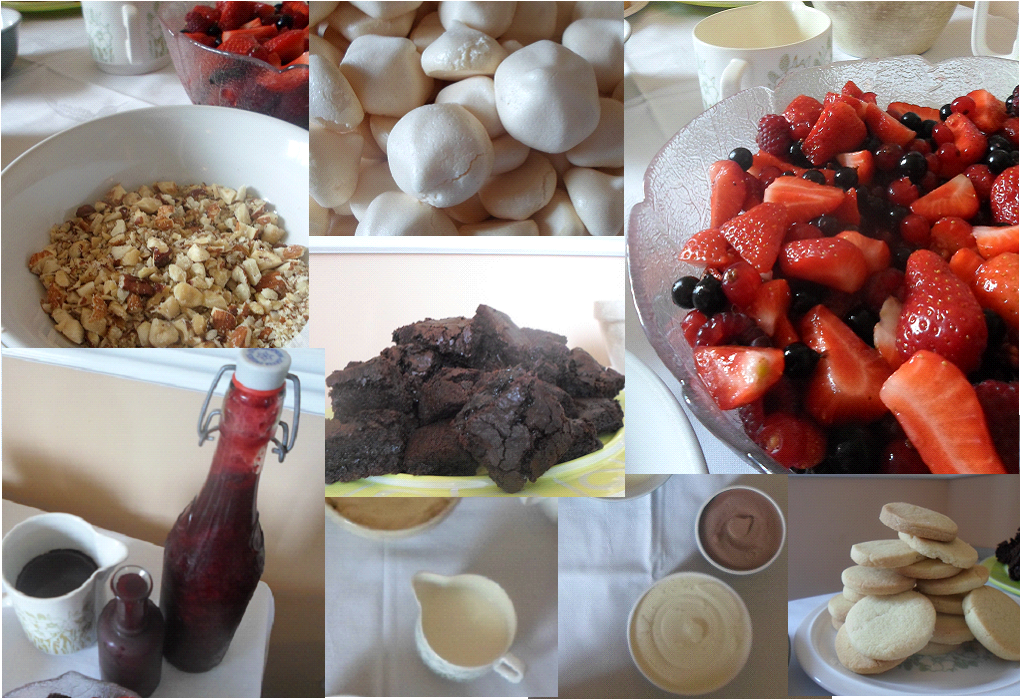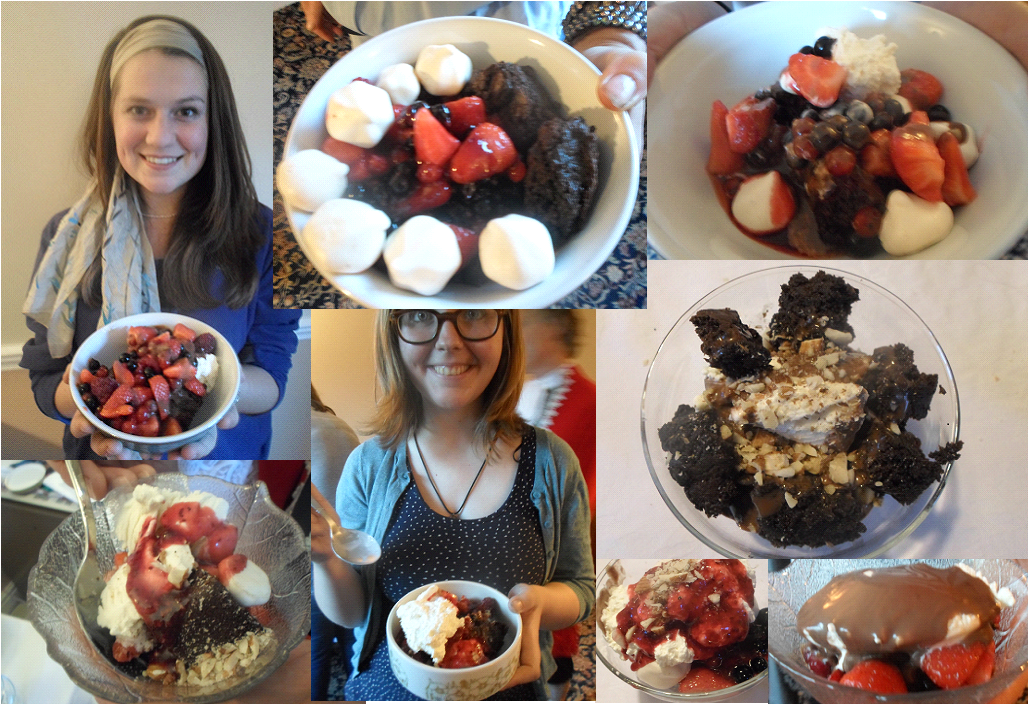This is one of the easiest preserves to set given the high quantity of pectin in the redcurrants. You will need rather a lot of redcurrants to make a decent-seized batch however. In my experience, a pound of fruit makes roughly 2 jars of jelly at the end of the process.
Ingredients
Redcurrants
White sugar
You will also need clean jars
Method
- Pick over and wash the redcurrants making sure they are clean and bug free then place them in a large heavy based pan. A jam pan is ideal but if not just a nice big saucepan will do.
- Add a tablespoon of water to the pan and simmer the redcurrants gently until they are tender and bursting.
- Strain the redcurrants through a jelly bag without squeezing. This will take a few but the jelly will need no attention at this point so you can go off and do other things. If you don’t have a jelly bag you can either use a clean tea towel stretched and secured over a bowl, or a fine sieve.
- Once you have collected the juice you need to measure it back into your large jam pan. For each pint of juice add a pound and a quarter of sugar.
- Bring the juice and sugar gradually to the boil stirring continuously until all the sugar is dissolved.
- Place your clean jars and their lids into a 100 degree oven to sterilise.
- While your jelly is cooking it will produce a foamy scum which will rise to the top. Skim this off with a large metal spoon.
- Simmer until setting point is reached. My preferred method of determining this is to drop a small amount of jelly on a plate and push it with a fingernail. If it has reached setting point the surface will wrinkle.
- When setting point is reached, use a ladle to transfer your jelly into your clean hot jars. Place the lids on and screw them on tightly using a tea towel to avoid burning your fingers.
- Leave your jelly to cool at room temperature; if you’re using jars with “safety buttons” you should notice that when the jelly is cool the buttons will have been pulled down by the vacuum you have formed by putting the lids on the hot jars. Your jelly should now last at least until Christmas and if you’ve made too much it makes a great Christmas present.


